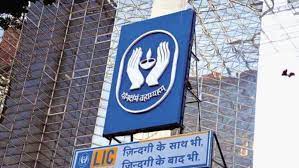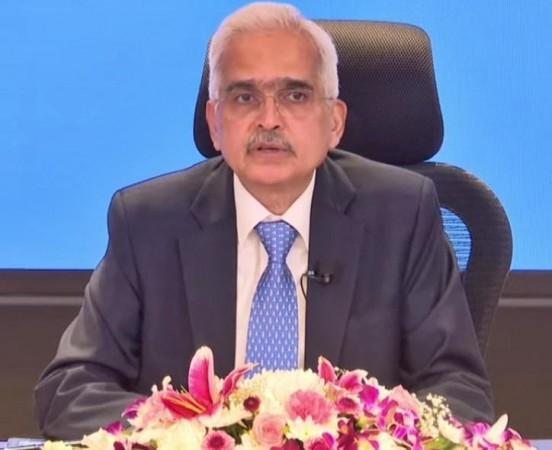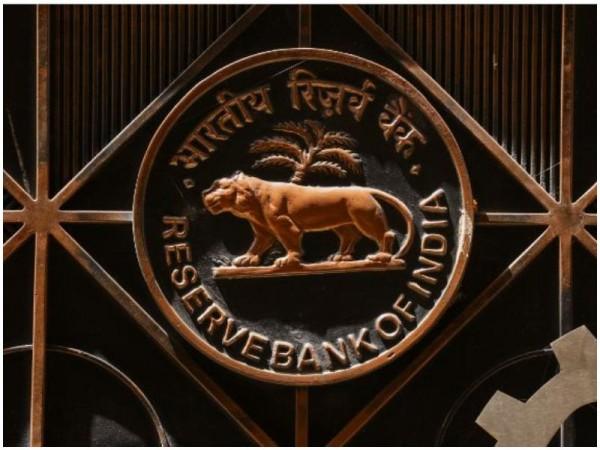
Google is making big preparations for Google Maps. Google has announced to provide more facilities to Indian developers from its Maps platform. Now Indian developers will be able to use Routes, Places and Environments Application Programming Interface (API) and Software Development Kit (SDK) etc. for free.
This service will be available from March 1, 2025. From March 1, developers will get the services of Maps, Routes, Places and Environments products for free up to a monthly limit. With this, they will be able to easily assemble all the products like nearby places and dynamic street view without any upfront cost.
– Advertisement –
Access to free services worth up to $6,800
Tina Weyand, Senior Director, Product Management, Google Maps Platform, said, in India this means that instead of the $200 monthly credit we provide today, developers will soon be able to use free services worth up to $6,800 every month. This will allow developers to build better solutions and experiment with Google APIs and SDKs at no cost. Developers will have to pay only when they exceed the free usage limit.
Google Maps is used for making everything from delivery to travel apps
Let us tell you that Google Maps platform is used in India for everything from delivery to making travel apps. Tina Weyand said, our coverage in India extends to more than 70 lakh kilometers of roads, 30 crore buildings and 3.5 crore businesses and places. The tech giant said that Google Maps Platform has recently introduced specific pricing in India.
This includes up to 70 percent lower pricing on most APIs and a collaboration with the Open Network for Digital Commerce (ONDC), which offers developers up to 90 percent discount on select Google Maps Platform APIs. The company said that as a result of these changes, the bills of many developers have been reduced by more than half and the bills of small developers have been reduced even more.
Related Articles:-
Retirement Age Update: Now government employees will be able to work for only this many years, Check Details
7th Pay Commission: Govt increased 2 more allowances, salary of THESE central government employees will increase
Air India: New ‘time table’ released for airports, if you miss it, you will surely miss your flight!
– Advertisement –














